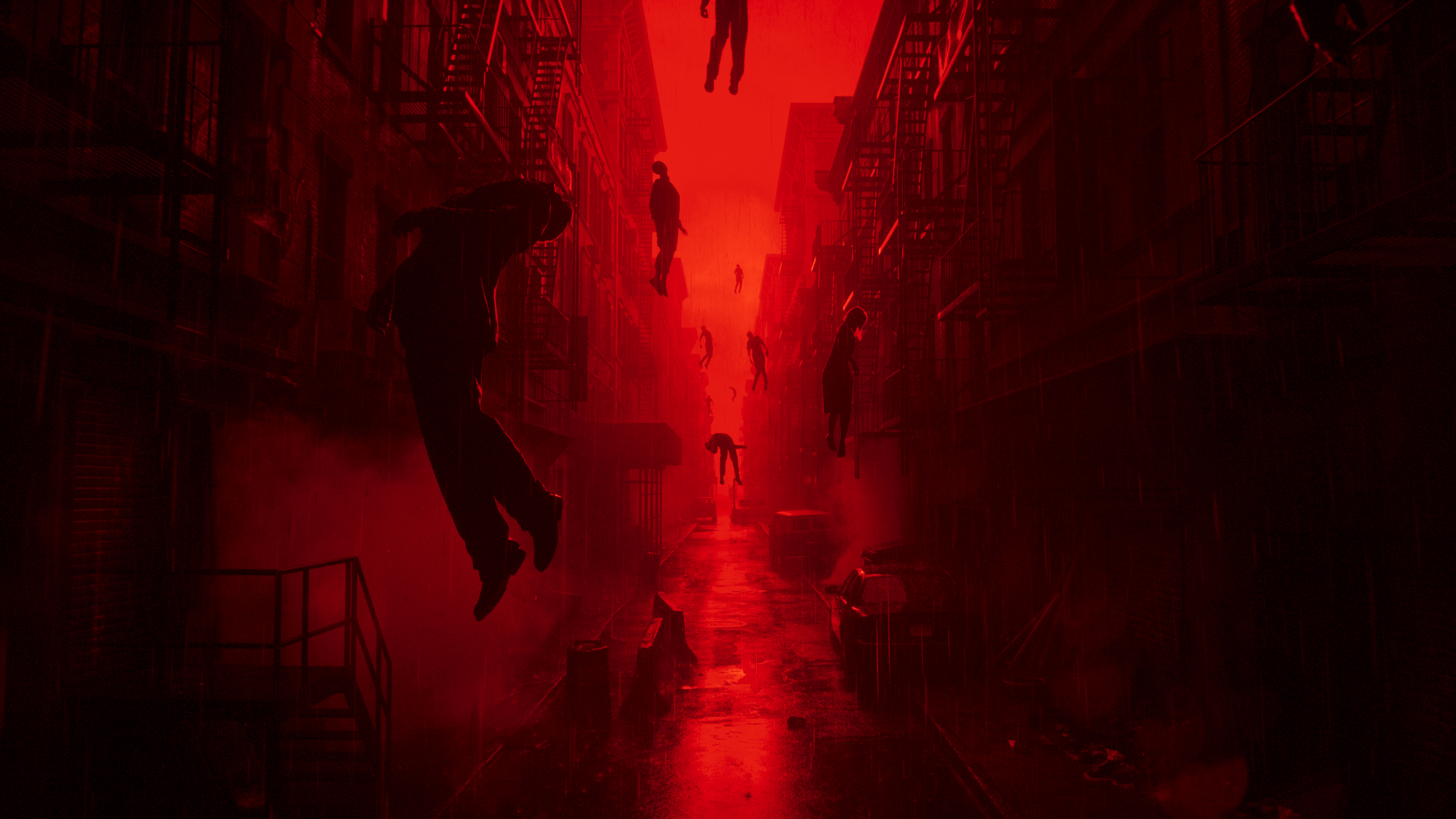How to stand out in design competitions
We ask Plan-B Studio founder and battle-hardened design judge Steve Price for his insider tips on making your work a winner
“A great idea, simply told.” That’s what Steve Price, founder and creative director of London-based agency Plan-B Studio is looking for when he sifts through countless hopeful entries for design competitions. With panel experience that includes the Lovie Awards and the digital design category of last year’s D&AD Student Awards, Price knows what will catch the eyes of those on the other side of the judging table.
For a start, he says, picking the right design competition to enter means weighing up whether the rewards of creating work for it are greater than the effort that you’ll be putting in: “Choose ones that challenge you. Sticking with the norm and doing what keeps you safely tucked in under that warm security blanket you call your ambition is a waste of time. Get out there and scare yourself.”
Similarly, if a design competition offers a choice of briefs, don’t immediately pick the one that seems easiest. “I would suggest pushing yourself. I don’t mean you should try to create and code an app if you are a typographer. But that’s not the point; it’s about creating great ideas.” For example, you might never have designed a website or an app, but you have almost certainly used a few. “Being a consumer of these experiences makes you just as likely to come up with a great idea as it would someone with experience. Arguably you have fresher eyes.”
Neither should you approach the brief in an overly timid manner. “Read it, but don’t confine yourself by it,” he advises. As a judge, he would be keen to see an entry that challenged the brief in order to improve it. “You might see something that’s been missed.”
For Price, trying to gain inspiration from past winners of design competitions won’t help you – “Why look back? It will more than likely be irrelevant.” However, taking the time to research, digest your findings and explore potential ideas before starting your entry is vital. “I ban myself from going to the computer for any project until I’m ready to actually start designing the ideas and sketches I’m happy with. Otherwise it would be like a musician going into a studio with no lyrics, music or idea.”
One definite pitfall to avoid is merely repeating the brief back to the judges in your entry presentation: “I know the brief – I wrote it, or I’ve read it,” he sighs. “Inform us of your insight but don’t bang on about it. Don’t spend ages doing voiceovers, or FX.”
Most of all, he says, playing it safe will never impress anyone. “Being creative is not about whether you can draw or design better than the other competitors. It’s whether you come up with a truly brilliant idea that stands out – that shakes the foundations and creates a rumble in the belly of optimism. So I say go for the daring; the risky.”
How to create an app: discover 30 great tutorials at Creative Bloq.
Daily design news, reviews, how-tos and more, as picked by the editors.

The Creative Bloq team is made up of a group of art and design enthusiasts, and has changed and evolved since Creative Bloq began back in 2012. The current website team consists of eight full-time members of staff: Editor Georgia Coggan, Deputy Editor Rosie Hilder, Ecommerce Editor Beren Neale, Senior News Editor Daniel Piper, Editor, Digital Art and 3D Ian Dean, Tech Reviews Editor Erlingur Einarsson, Ecommerce Writer Beth Nicholls and Staff Writer Natalie Fear, as well as a roster of freelancers from around the world. The ImagineFX magazine team also pitch in, ensuring that content from leading digital art publication ImagineFX is represented on Creative Bloq.
